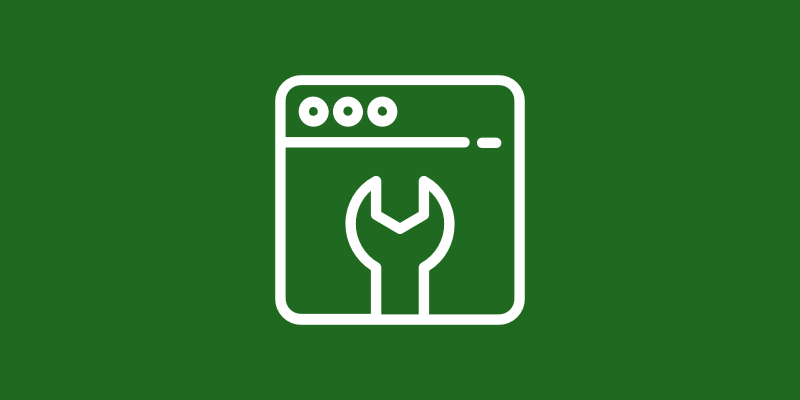
Contributed by ELGL member Kevin Herman, chief operating officer of ProudCity. This post is part of a series on best practices for buying, launching and maintaining great local government websites.
There are a number of factors that go into ensuring your local government website meets general digital government standards and provides a great user experience for the communities you serve.
If you are unfamiliar with foundational standards, there are a few tools you can use to objectively test whether your website meets these or needs upgrading.
Core areas
There are core areas that are key indicators of how “healthy” a government website is when it comes to digital best practices.
These key areas include:
Test your website
Accessibility
Web accessibility is more complex than simply running a single test — as some errors and alerts are weighted more than others — but there are several tools that will help you evaluate specific page issues to get a temperature reading of how accessible your website is. The most widely referenced public tool is WAVE (Web Accessibility Evaluation Tool), powered by WebAIM, and it gives you a breakdown of areas for improvement.
Mobility
As mobile visits to government websites increase, especially during disasters, a responsive, mobile-friendly site is essential. Mobile-Friendly Test, powered by Google, is a simple tool that will tell you if your website is mobile-friendly.
Security
Government website encryption is important for protecting user privacy as well as showing your community you truly care about its security. SSL Checker, powered by SSL Shopper, is a simple tool that will tell you if your website is effectively encrypted.
By understanding web standards fundamentals, you can objectively assess whether your local government website meets modern digital practices. Test your website today to make sure you’re living up to the digital standards your community deserves.
